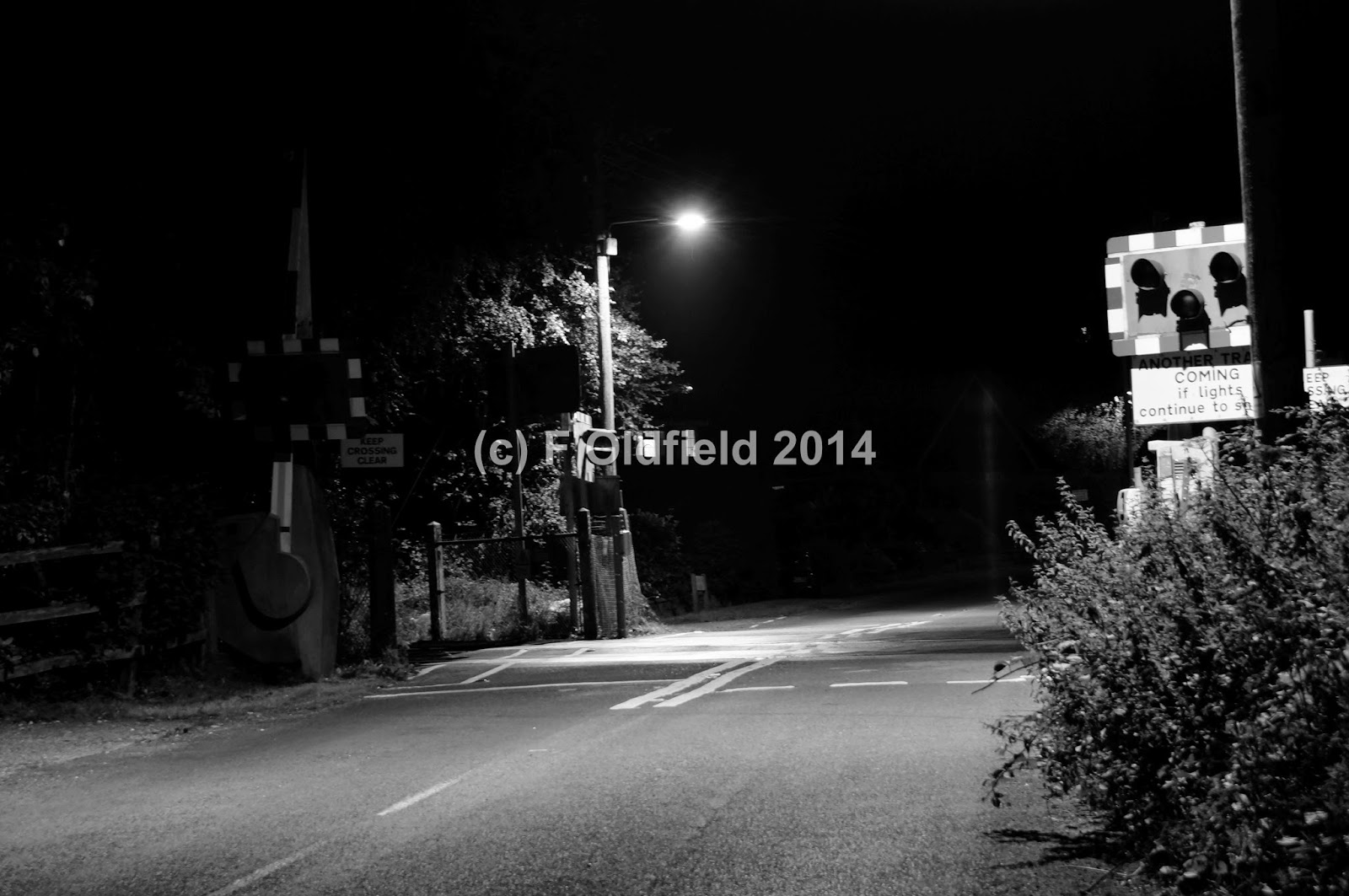Right its that time of the year again. The time of year when your journey gets a bit longer and newspapers have a field day with headlines about wrong types of leaves and snow and ice etc etc
As I have just had my low adhesion brief (as a new driver I get it) I felt like trying to explain what the problem is as best as I can...
First thing I really have do is share a youtube video I have found. It is nearly 20 years old and is 20 minutes long but if you are really interested this is very good.
https://www.youtube.com/watch?v=6hxRTB66g2Y
This time of year we see more rain as a start. Heavy rain is better for drivers than light rain believe it or not. This is because heavy rain will often (but not always) gives the rail a good wash and keeps it clean. Light rain however, especially after long drive spells, will leave a film on the rail similar to how roads often get greasy. Think about when you drive, when it is slightly wet you can often wheel spin and that's with a rubber wheel gripping a tarmac road: imagine what it is like with a steel wheel on steel rail!!
The second thing that obviously happens in autumn is that leaves fall and this is where the press get their hilarious stories from. How can leaves falling effect very heavy trains? Good point but the very weight of the train can cause the issue. What happens is as trains pass over leaves on the rail the leaves are crushed (search youtube for coins on railway lines) in the same way that coins are flattened when they are placed on the line.
These crushed leaves create a coating on the rail that is like Teflon and means it becomes extremely slippery almost like black ice on roads. As a driver you don't always see this again like black ice and it can happen without warning. Now the next argument I get is surely as more modern trains come into services that cost hundreds and thousands of pounds surely they have technology that can help with this?
Well yes they do, its called WSP Wheel Slip Protection. What this does (and bear with me I am not an engineer and remember this is for Desiro trains that I drive but it should be similar to all trains) is as you start braking there is a sensor in each axle that monitors the rotational speed of the wheels. If one or more wheels start spinning slower or begin to lock it will automatically remove the brake from that wheel until it starts spinning at the same speed as the others. This will stop the wheels locking and will avoid damage to the wheels as well.
You can hear this system on your own train by listening for air "spitting" sounds from the wheels this is the brake valves opening and closing to release the brakes on individual rails.
Without this system, the wheels would all lock up and and the train would literally slide until such time as the wheels started gripping the track again.
As you can imagine, the trains speedo in the cab gets the speed reading from the wheels, if they lock up the speedo will show a lower speed than the train is actually going even dropping to zero if the wheels lock up which is very disconcerting for the driver!!
With the WSP system we also get sand to help. Think back to last winter with all the ice of the road. To help cars grip the road sand was sprayed to the surface, this gave your car more grip. The same happens on railways. The train will initially try to stop without it but when it gets to bad sand is blown in front of some of the wheels on the train, this improves grip and helps the train to stop.
Finally, the battle against slippery rails and leaf fall is the MPV trains. As of this autumn the MPV's (Multi Purpose Vehicles, picture below) will be driven by South West Trains drivers as part of the SWR (South Western Railway) alliance. These vehicles have multi purposes (obviously!!) and in autumn they have a large water jets attached to them which jet the rails as they pass, they can also lay a special gel called Sandite to the rail which is a sticky liquid that has something like sand in it to help trains grip the rail.
This attempts to keep the rail clean and "sticky" and helps passing trains but despite all this, trains still have to accelerate slower and brake much earlier. This is why your train takes longer. Also this is why some days it will be bad, often after strong winds (more leaves blown from trees) or after a shower of rain. You may also see drives looking stressed as driving becomes somewhat tricky even for the oldest best drivers out there so you can imagine how I feel with 9 months experience!!
So hopefully this enlightens you a bit. I appreciate that it is quite long winded but the video is good and I felt that leaves on the line is a bit of a national joke and when it is actually a very difficult time of year, perhaps a thanks to your driver next time you get off the train may make his or her day!!
this MPV is at Swanwick between Fareham and Southampton Central - a line I drive and a well known line for slippery rails all year much less during Autumn!!


































